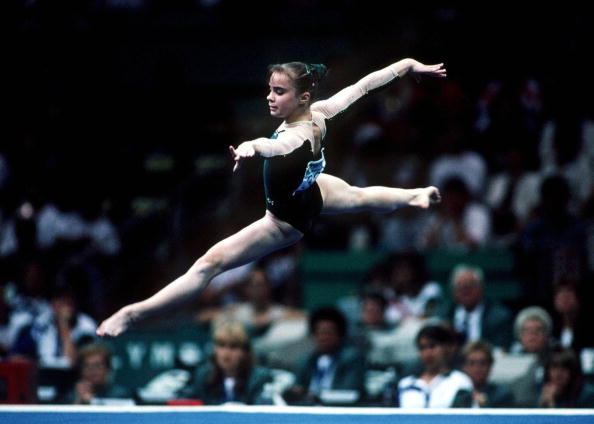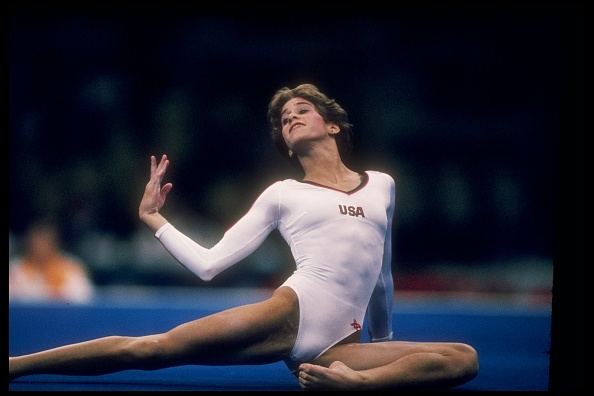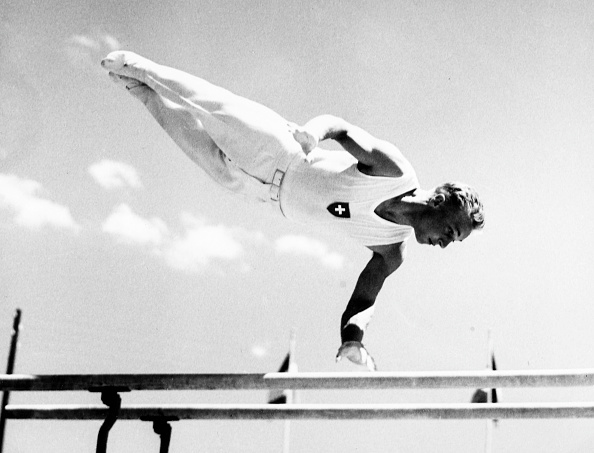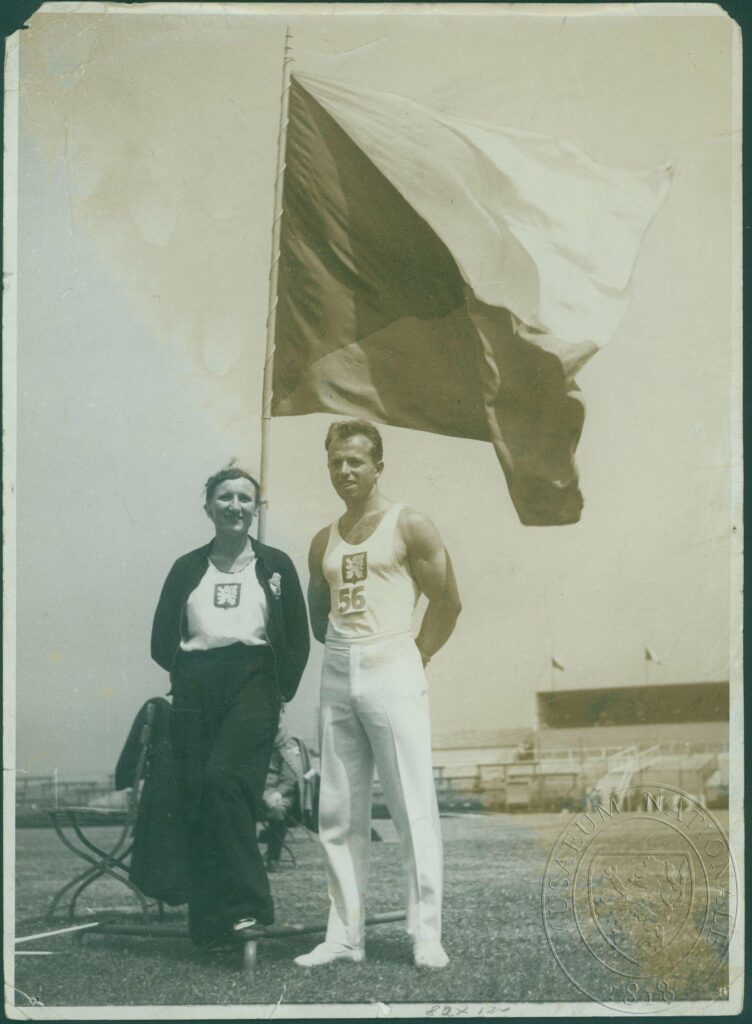A Big Trend in 1996: Americana.
Just as there was a lot of flamenco music during an Olympics held in Spain, there was a fair amount of U.S. music, particularly from the American gymnasts and the Romanian gymnasts.
Another Big Trend: Songs from movie soundtracks.
The French team pulled from recent movies like The Mask and Basic Instinct. But there were songs from older movies, including Galieva’s Charlie Chaplin tribute and Marinescu’s music from the Italian film Investigation of a Citizen Above Suspicion.







